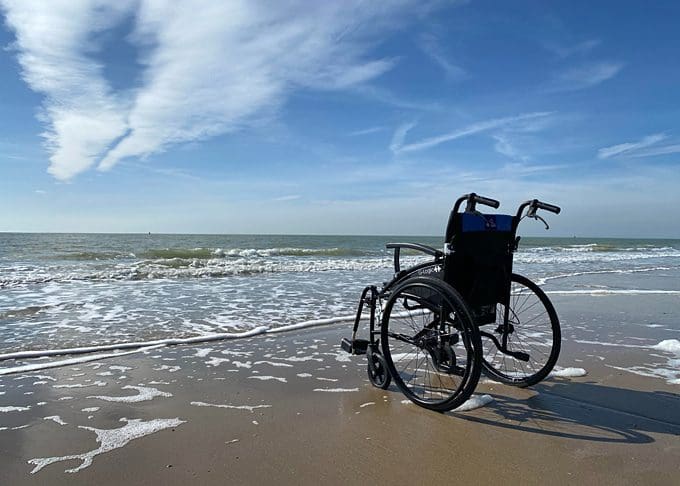words Alexa Wang

Photo by Hans Moerman on Unsplash
A 2018 report published by the Centers for Disease and Prevention revealed that in America, one in four adults live with some form of disability. That means that around 25% of all adults in the country are disabled. These are reasonably high numbers, and most people probably know someone in their life who is disabled. Since this is the case, it’s only right that disabled people enjoy the same opportunities and are represented fairly in modern media.
Representation should be celebrated everywhere – especially in the media. People from all walks of life deserve acceptance, and representation of people with disabilities is extremely important. It’s this thinking and promotion of acceptance that’s the driving force behind an ever-increasing number of production companies diversifying their workforces and performers to create more realistic pictures of life.
Representation of Disabled Characters Reaches a New Record
In January of 2021, the number of disabled characters represented in traditional media hit an all-time high. A new report by GLAAD shows that currently, 3.5% of all characters in scripted television recurring roles are disabled. That number increased from 3.1% in 2020.
Even though this might be only a slight uptick, it shows that progress is slowly but surely being made. It’s hoped that these increases can continue year on year with even higher upticks, until representation is around 25%. Production studios and streaming platforms like Netflix have made it their goal to further diversify their series and films.
Media Featuring Disabled Characters
The first notable disabled performer appears in what is widely regarded as one of the greatest pieces of television ever created – Breaking Bad. RJ Mitte plays the protagonist’s son, featuring as a prominent recurring character with a major role to play in the story. RJ has cerebral palsy in real life, and his character suffers from it, too. Mitte used the role to bust stereotypes and change the way people see those with cerebral palsy.
Netflix’ goal to properly represent all members of society through media is highlighted by the series they’ve released featuring people with various disabilities. Atypical, which is primarily a family drama, focuses specifically on the life and tribulations of an autistic son, Sam Gardener. Sam is played by actor Keir Gilchrist, who does not suffer from autism. This has sparked mixed reactions from fans, with some wanting someone who lives with autism to play the character, while others are just pleased to see a character with autism represented in the media.
Another series produced by Netflix that features the representation of disabled characters is Special. Special focuses on the life and times of a gay man with cerebral palsy. Ryan O’Kent plays himself, and executive produced and wrote the show. This is a double representation with both disability and LBGTQ+ themes framing the story. It’s promising to see representation of all kinds on the rise, especially for the disabled community. It seems that the media is finally waking up to just how important diversity of all kinds is









